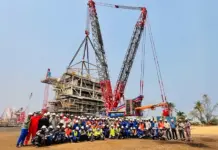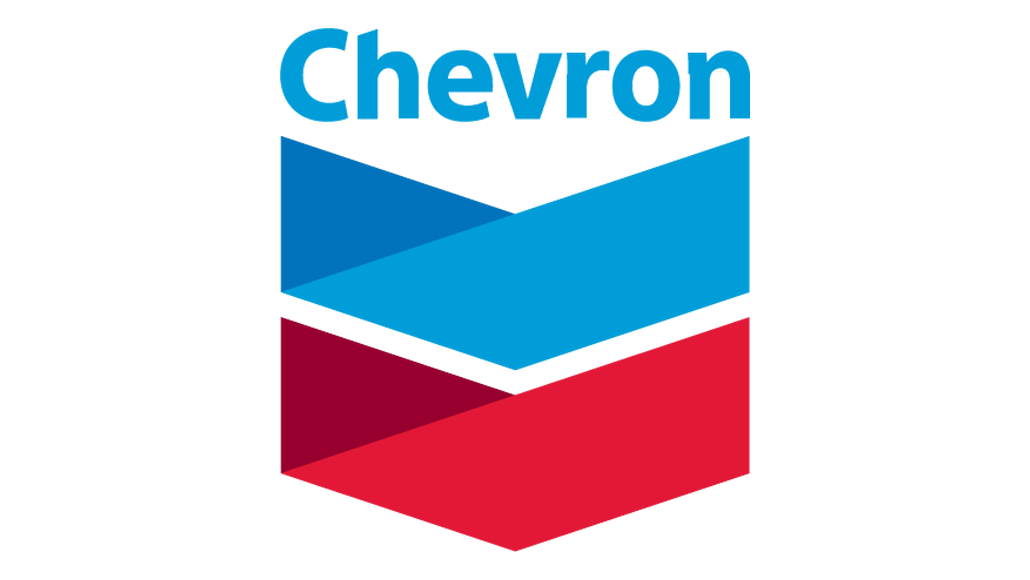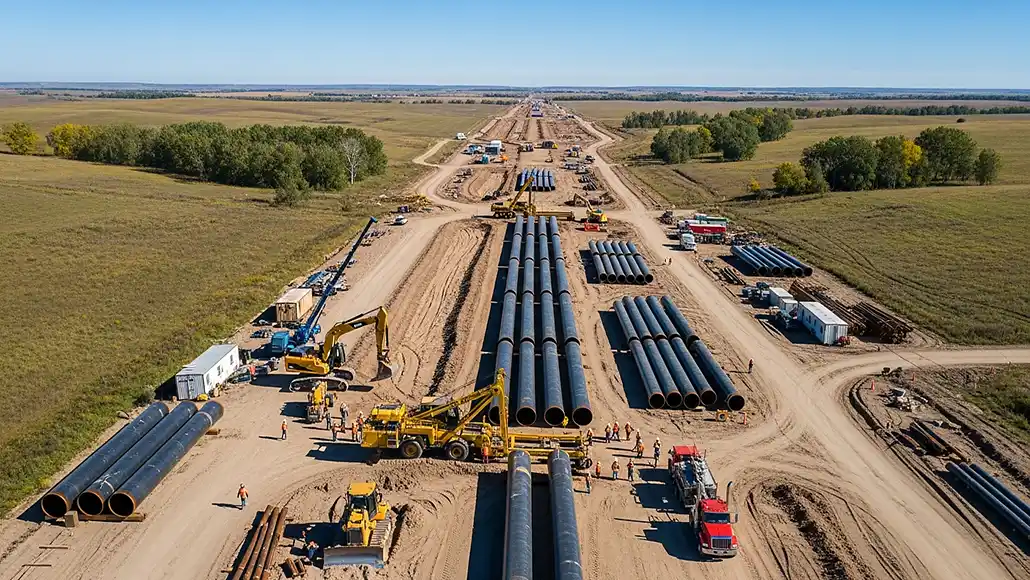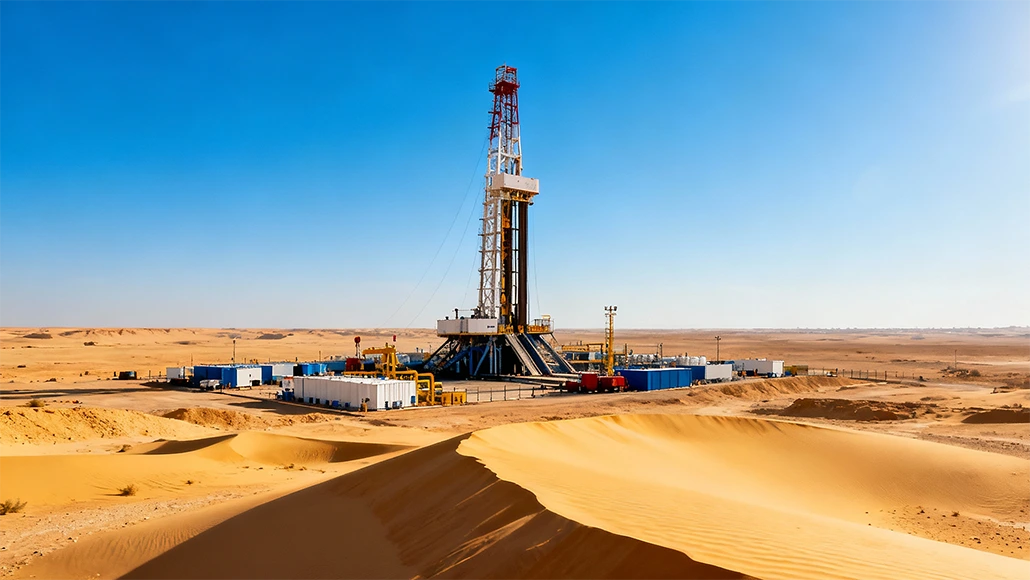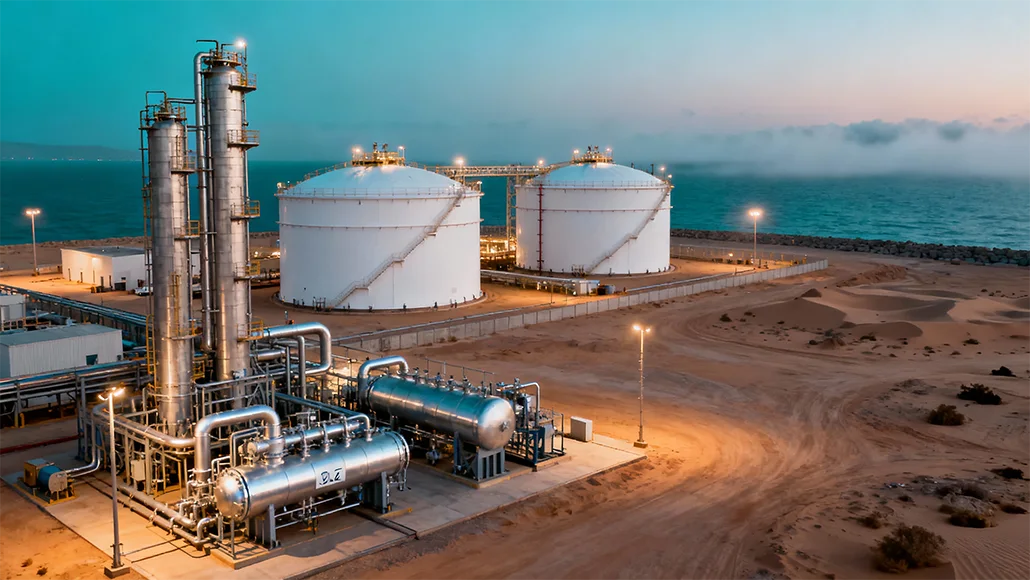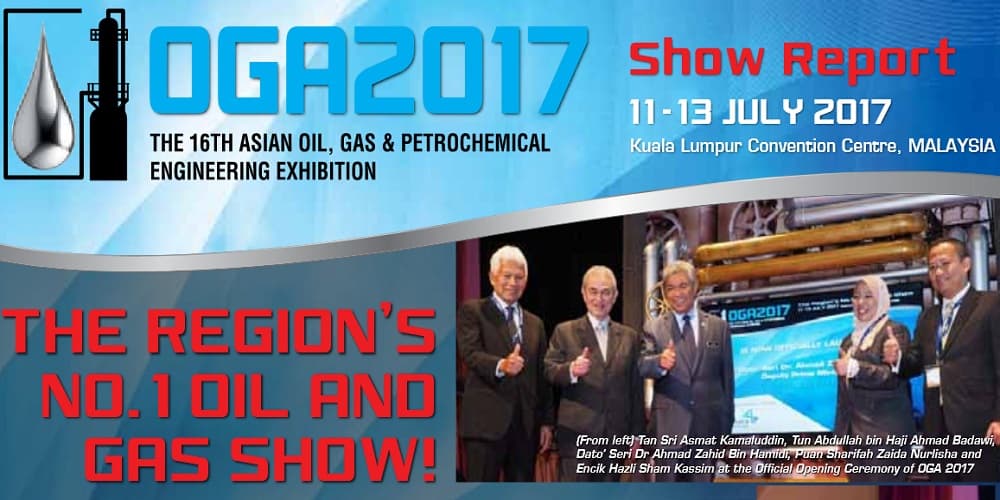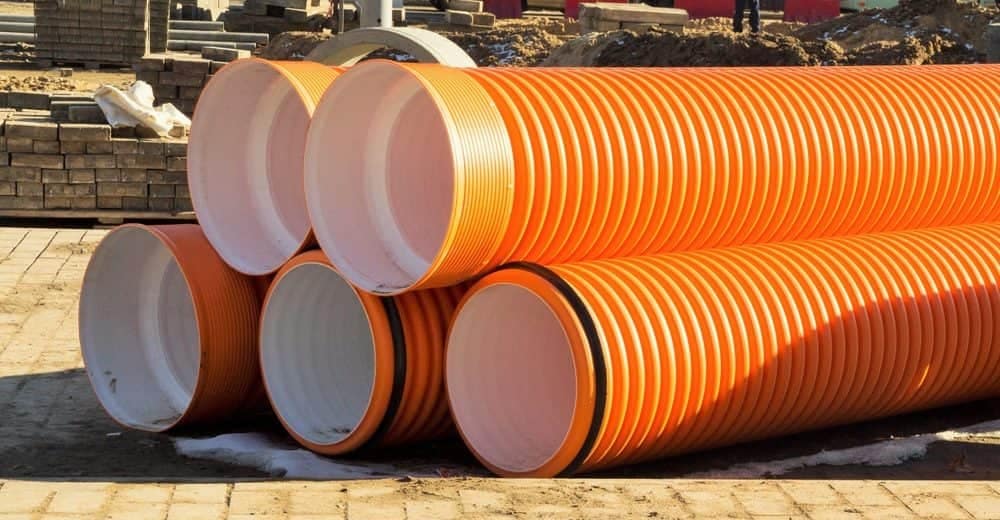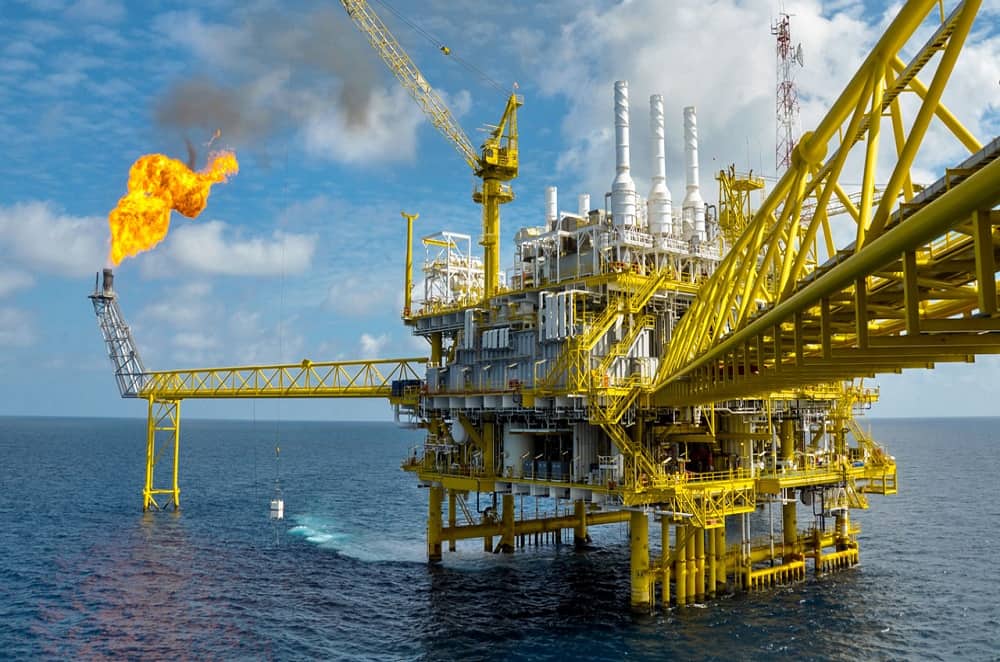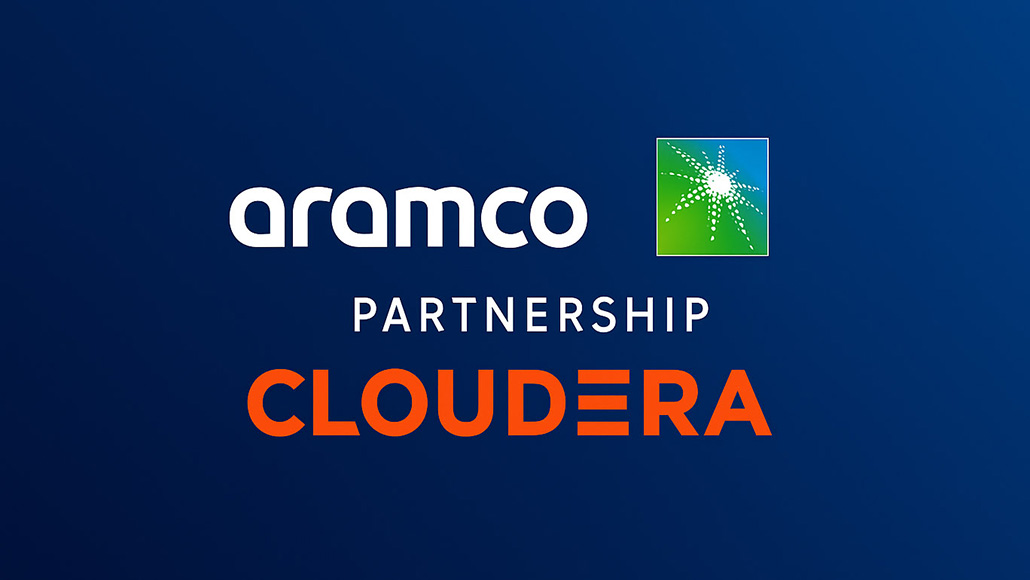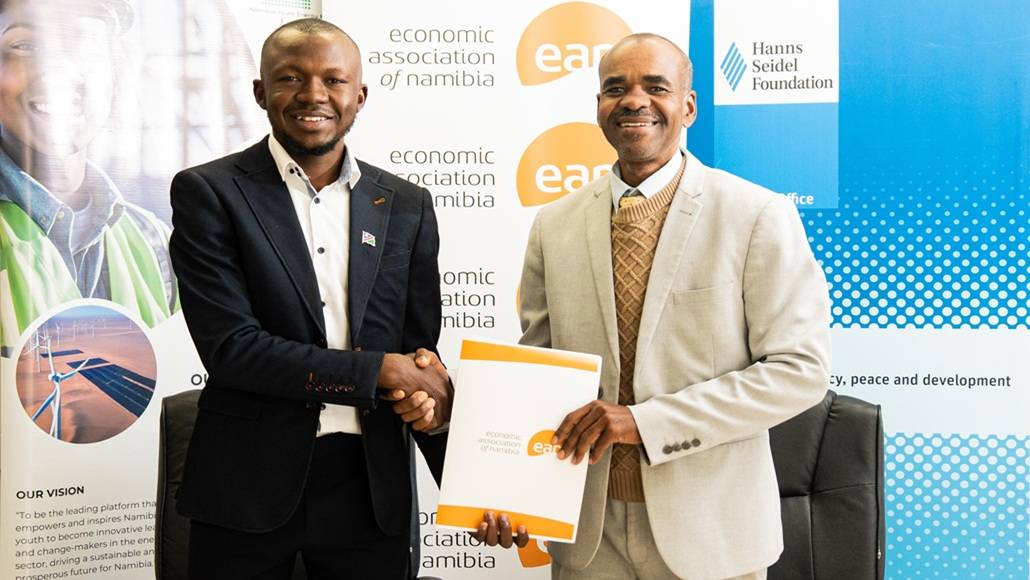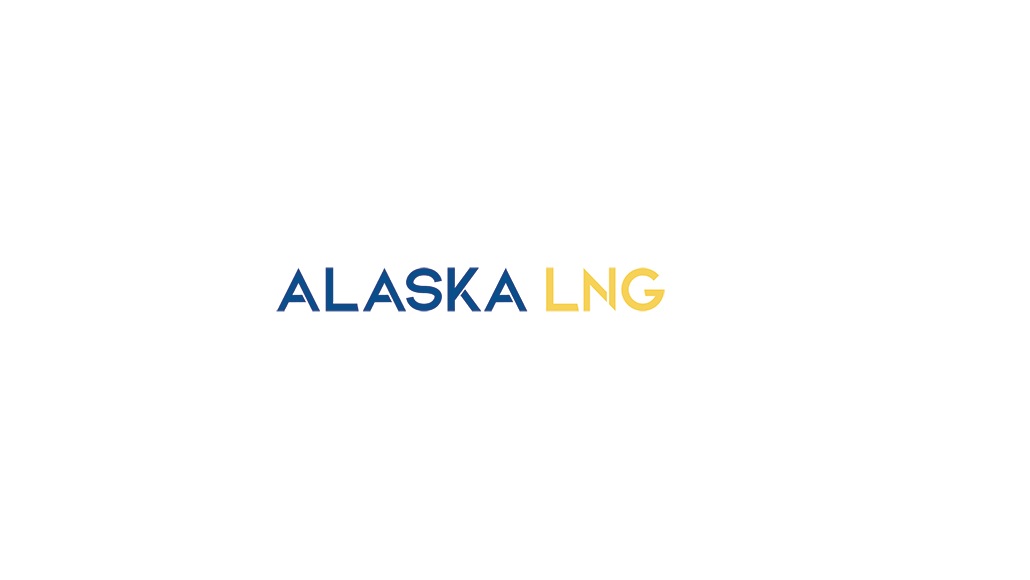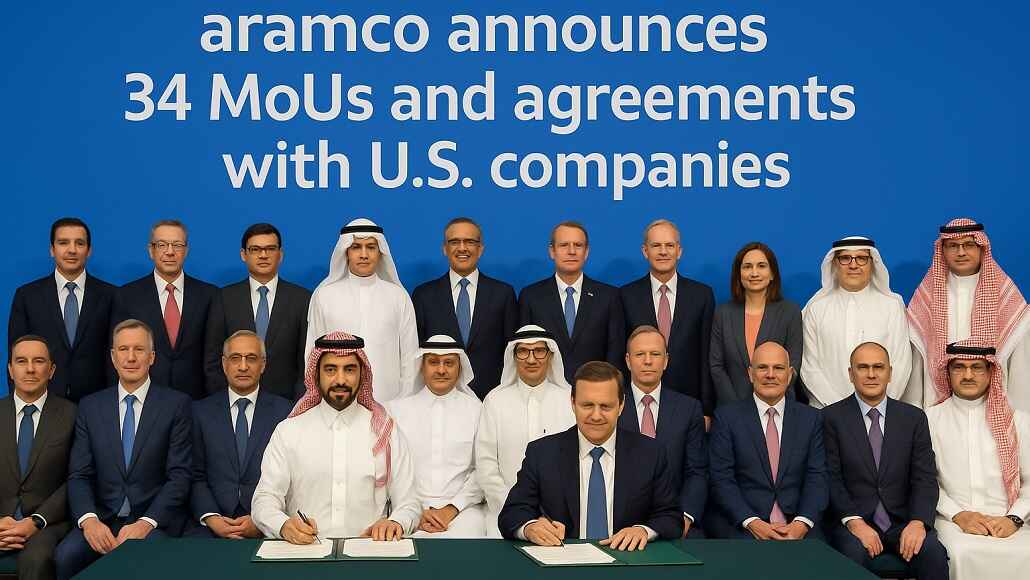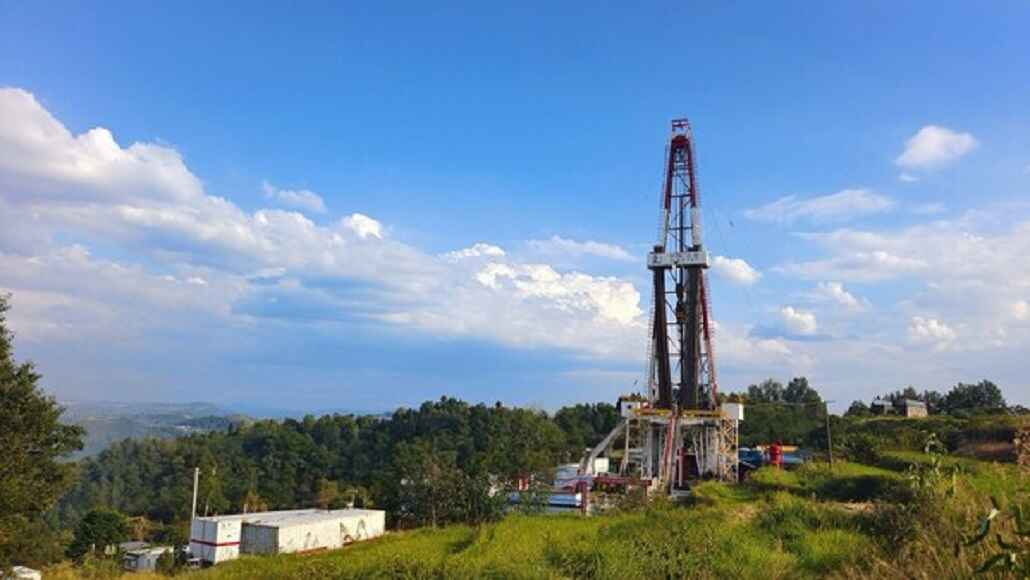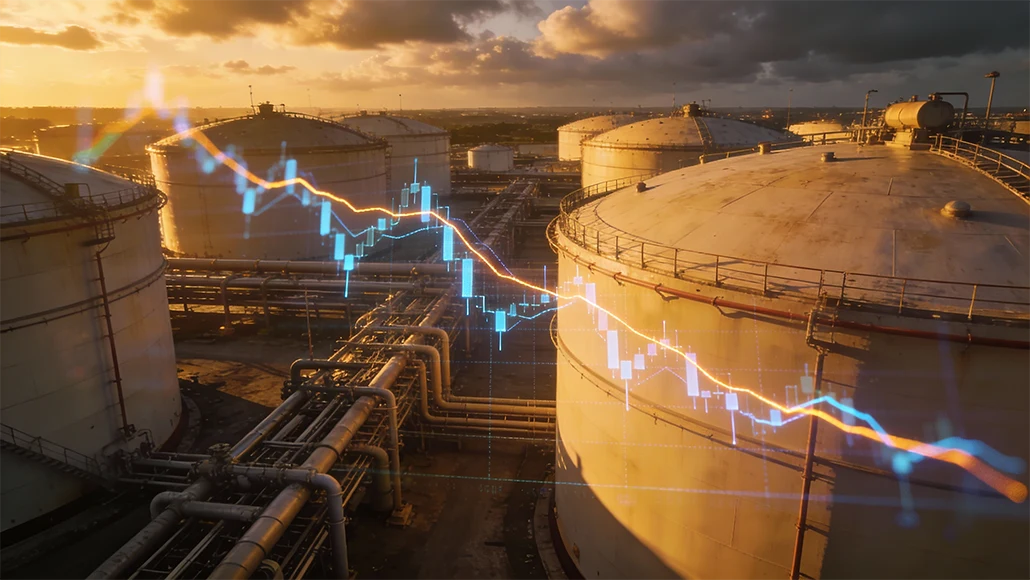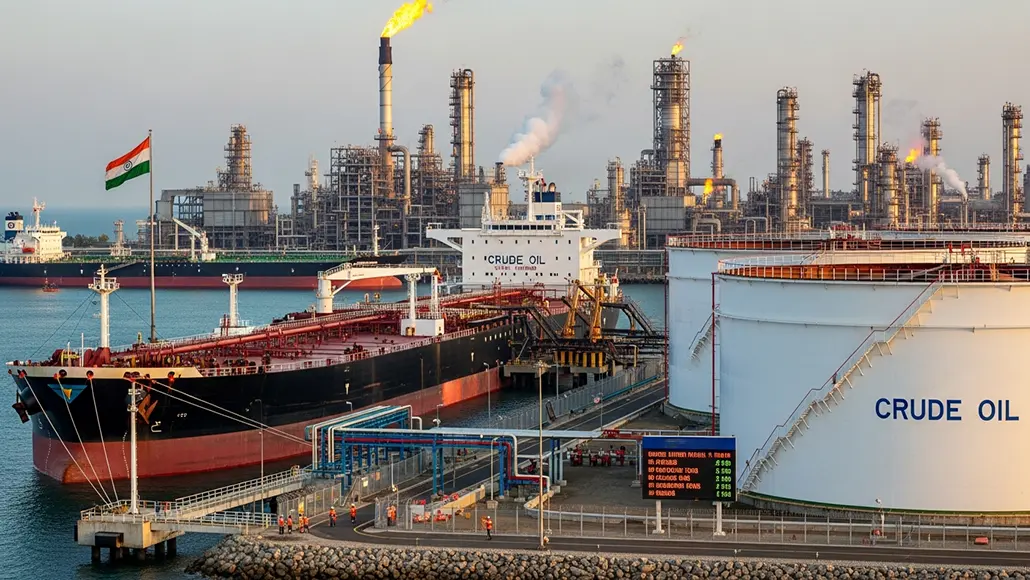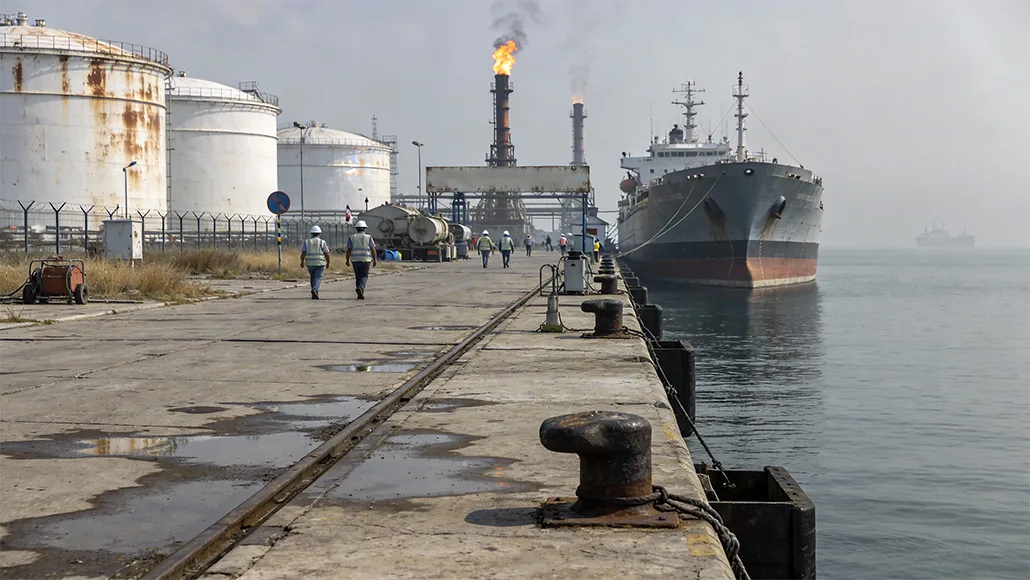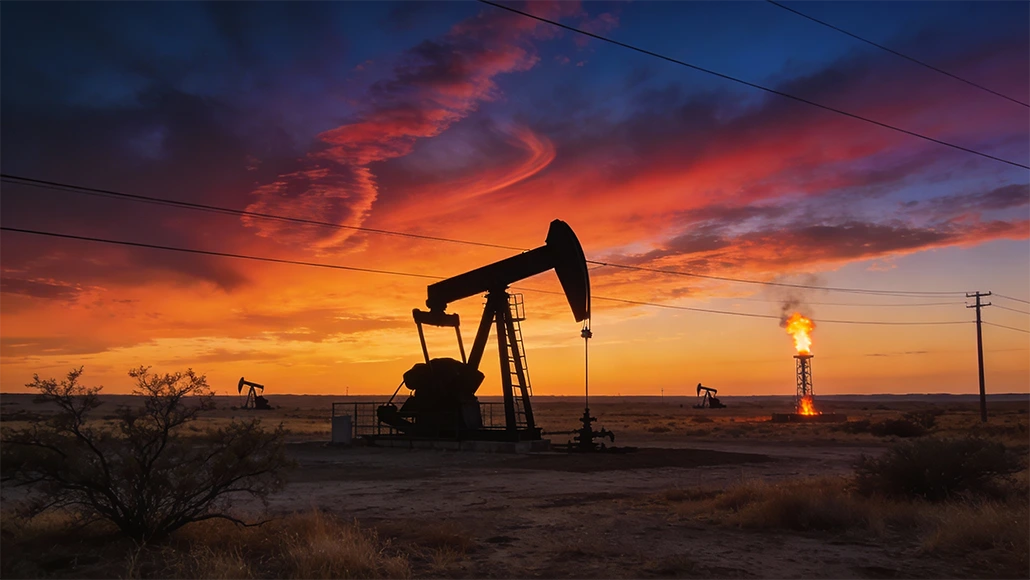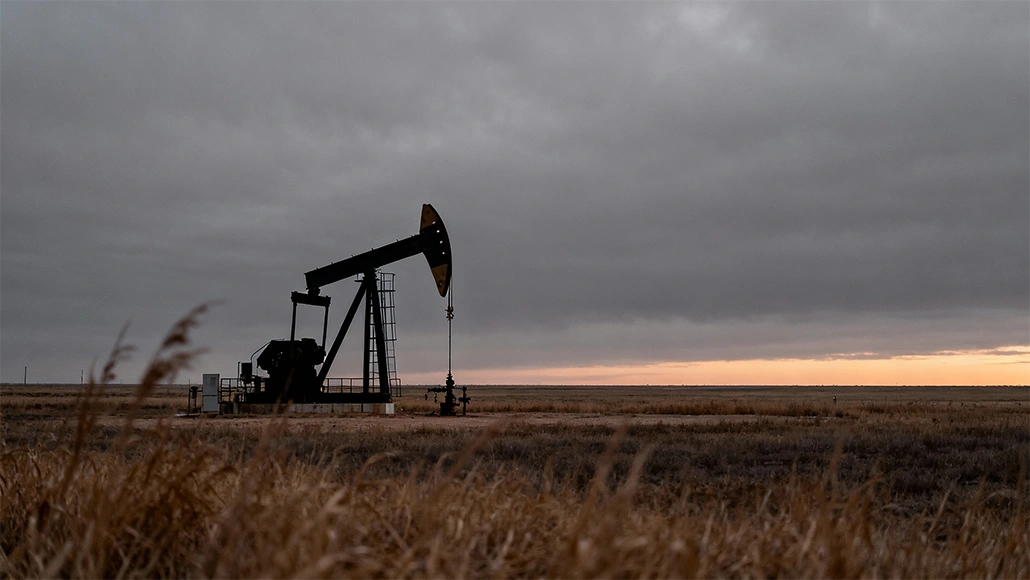The Gulf of Mexico’s Lower Tertiary is one of the world’s most promising ultra-deepwater frontier regions, but reaching its riches is no simple task. The industry is responding to difficult deepwater economics with integrated tech, including Baker Hughes’s Hammerhead system, the sector’s first all-in-one completion and production system designed for the ultra-deepwater environment.
hammerhead
There has been much speculation over the last few years about the potential ‘gold rush’ opportunity presented by massive oil and gas deposits in the Gulf of Mexico’s deepwater regions. In terms of raw resources, the opportunity certainly hasn’t changed; much like Brazil’s enormous pre-salt reservoirs, the treasures hidden within the Gulf’s ultra-deepwater Lower Tertiary play represent something of a game-changer.
According to the most recent estimates, the Lower Tertiary contains between 14 and 40 billion barrels of oil. Given that the estimated total oil reserves of the US – onshore and offshore – is 29 billion barrels, the colossal economic impact of accessing this resource is clear.
The challenges of ultra-deepwater
Equally clear is the fact that making the most of this particular ‘gold rush’ involves technical challenges that dwarf anything that would have been faced by California gold miners in 1849. Deepwater oil and gas operations operate on slim margins at the best of times, as the costs (not to mention the risks) of operating in high-pressure, high-temperature (HPHT) environments and drilling through layers of dense rock can often outweigh the rewards.
“Operator returns on deepwater development investments have been eroding for the last couple years, with rig rates, the cost of subsea gear, pipelines, steel and other materials mushrooming while oil prices remained stagnant,” FMC Technologies’ vice president of technology Bradley Beitler told Drilling Contractor in a July article.
Of course, the oil price situation over the last year has been far worse than simply stagnant, with the industry still struggling against the fallout of the 2014 price crash, which sent oil prices tumbling from $115 a barrel to around $50, where it remains today.
Risky business: are deepwater E&P projects a safe bet for multinationals?
Deepwater projects could represent a relatively safe investment for large oil and gas operators in an otherwise volatile offshore market.
And the Lower Tertiary is the deepest of the deep, the toughest of the tough. To reach the oil in the region’s geology, operators must deal with water depths of up to 10,000ft and drill down a further six miles beneath the seabed. Downhole temperatures of around 300°F and reservoir pressures of up to 25,000 pounds per square inch (psi) are often too much for even the industry’s hardiest HPHT equipment.
Before the Lower Tertiary ‘gold rush’ can get underway, then, the twin issues of technology and cost must be convincingly addressed. But with oil reserves worth a total of up to $2.4tn up for grabs even at today’s sub-$60 oil price, these ultra-deepwater challenges have brought oil majors and oilfield service companies together to develop new technologies that could help overcome these daunting challenges.
Integrating the ultra-deepwater process
In response to the ultra-deepwater challenge, the industry has been moving swiftly towards greater integration and standardisation of technology to make projects more economical. The early results of this trend have already been seen in the Santos Basin, where Brazilian national oil company Petrobras has used a standardised subsea tree design and control systems for a number of different wells, savings costs and ensuring flexibility of operations through unified mechanical interfaces.
Oilfield services giant Baker Hughes (which is on the brink of a merger with Halliburton, an even larger oilfield services company) has clearly embraced the idea that collaboration is the way forward to address the difficulties of ultra-deepwater operations. In April 2014, the company partnered with Norwegian competitor Aker Solutions to form the Subsea Production Alliance, dedicated to improving deepwater recovery rates, which currently sits at an average of around 6%.
“The single-digit recovery rates currently being achieved at many of these fields don’t support a sustainable business model,” said Baker Hughes chairman and CEO Martin Craighead last year. “By joining forces, Baker Hughes and Aker Solutions will identify and integrate the most effective combinations of in-well and subsea technologies enabling greater production rates – efficiently and economically – from subsea fields.”
Hammerhead: an all-in-one system to crack the Lower Tertiary
Although the Baker Hughes/Aker partnership isn’t likely to start offering new technologies to the market for some time yet, in reality Baker Hughes’s own quest for integrated ultra-deepwater technology started back in 2012 with the creation of the Lower Tertiary Integrated Project Team (IPT).
The IPT’s mission, as Baker Hughes’s president of global products and services Richard Ward put it in an editorial for the Houston Chronicle’s FuelFix blog, “to design and deliver a fully integrated, ultra- deepwater wellhead-to-reservoir completion and production system, driven by customer needs and industry regulations, in half the time it would typically take for something of its complexity and scope.”
“The industry has been moving towards greater integration and standardisation of technology.”
The result of that endeavour, which was carried out primarily at the company’s Center for Technology Innovation, which has testing capabilities up to 40,000psi and 700°F, was presented at the annual Offshore Technology Conference in Houston in May. The Hammerhead, which is due to enter field trials this year, represents the industry’s first stab at an all-in-one ultra-deepwater completion and production system.
The Hammerhead is made up of an upper completion, lower completion, isolation assembly and intelligent production capabilities, allowing for long-term optimisation of production. The system has been tested for depths of up to 33,000ft and water depths of up to 10,000ft, and is designed to withstand temperatures of up to 300°F and pressures of up to 25,000psi. The technology is compatible with subsea boosting, and can push five million pounds of proppant into subsea wells to improve hydraulic fracturing efforts.
All told, Baker Hughes expects the Hammerhead system to improve Lower Tertiary recovery rates by 2%, which amounts to a gain of $4bn over the 20-year life of a well, even at $50 oil prices.
Baker Hughes has clearly done well to get ahead of the market to offer a first-of-its-kind system like the Hammerhead. If further testing and certification go as planned, the technology stands a good chance of playing a central – and immensely profitable – role in the unlocking of the Lower Tertiary’s most precious treasures. The potential market value is huge, with an estimated 13% of new source production expected to be drawn from the Gulf of Mexico’s ultra-deepwater plays.
After successful deployment in the Gulf, Baker Hughes hopes to adapt the technology for export to other major ultra-deepwater frontiers, likely including offshore Brazil and West Africa. The company is already planning the next-generation iteration of the Hammerhead system, which it says will incorporate in-well electrical submersible pump technologies and subsea boosting capabilities developed through the Subsea Production Alliance.
“The Hammerhead system represents a critical first step toward closing the technology gap to reap the rewards of ultra-deepwater,” wrote Ward in his FuelFix commentary. “We are now embarking on the longer journey.”





